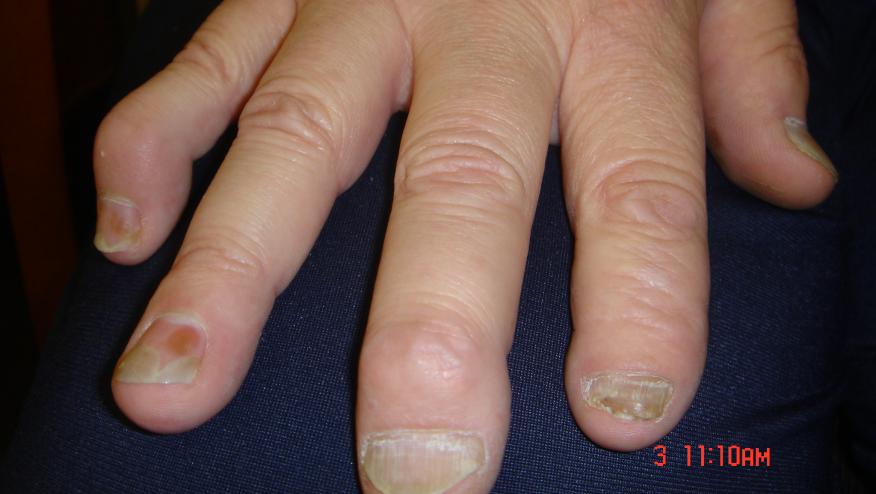Disappointing Secondary Use of Newer Therapies in Psoriatic Arthritis Save

Analysis of patient data from five Nordic registries shows that the uptake of newer biologic or targeted synthetic disease-modifying antirheumatic drugs (b/tsDMARDs) in psoriatic arthritis (PsA) was mainly in biologic-experienced patients. The use of newer b/tsDMARD was hampered by limited efficacy and durability.
PsA patients starting a b/tsDMARD in 2012–2020 were included. Patients, drug use and outcomes were examined at 6 and 12 months. "Newer" b/tsDMARD agents included abatacept, ixekizumab, secukinumab, ustekinumab, apremilast and tofacitinib. Outcomes were compared with adalimumab (ADA).
The analysis compared 5659 ADA treatment courses (56% of whom were biologic-naïve) and 4767 b/tsDMARD courses (21% biologic-naïve). While the use of newer b/tsDMARDs increased after 2014, it plateaued in 2018.
Comparatively, ADA was more often used as first line DMARD and the newer b/tsDMARDs were mostly used in biologic-experienced patients.
When used as a second or third b/tsDMARD, the retention rate and LDA responses were significantly better for adalimumab (rate 65%, LDA 59%) compared with abatacept (45%, 37%), apremilast (43%, 35%), ixekizumab (LDA only, 40%) and ustekinumab (LDA only, 40%), but not significantly different from other b/tsDMARDs.
From this study, the performace of newer b/tsDMARDs is unknown. But wen used in biologic-experienced patients as secondary or tertiary therapy, LDA rates and 1 year retention rates are below 50%; suggesting the need for smarter use of newer newer b/tsDMARDs in the PsA.









If you are a health practitioner, you may Login/Register to comment.
Due to the nature of these comment forums, only health practitioners are allowed to comment at this time.